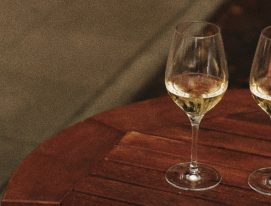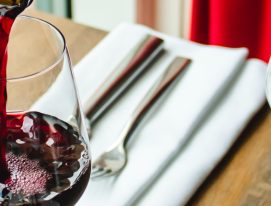Twenty years ago, who would have imagined that the Province of Buenos Aires would become a viticultural hub with so much energy and potential? The vineyards of Buenos Aires have arrived with plenty of drive and character and they have a lot to offer.
Buenos Aires isn’t just producing a surprising number of new labels, it has also positioned itself as a center for little explored varieties in Argentina, presenting distinctive profiles thanks to the local climates and soils. Two new GIs (Geographic Indications) have been announced: Balcarce (250 miles from the City of Buenos Aires) and Chapadmalal (approximately 220 miles from the city) have been officially recognized as having distinctive terroirs as well as for the quality and expertise of the winemakers and wines produced there.
Vineyards of Buenos Aires
2000 saw the withdrawal of a historic law in Argentina that mostly forbid the production of wine outside the Cuyo region so as to protect and empower the industry in the west of Argentina. Following the change, projects began to appear in which old vineyards of Buenos Aires, many of them planted by immigrants in the late nineteenth and early twentieth centuries, were restored while soil and terroir analyses were also carried out with a view to planting new varieties.
One of the first establishments to open its doors in the province was Bodega Saldungaray in the Médanos area (30 miles from Bahía Blanca and 260 from the City of Buenos Aires). This pioneer among vineyards of Buenos Aires had its first harvest in 2007. Manuela Parra, who owns the winery along with her family, is a fervent champion of the virtues of the southwest of Buenos Aires.
With her oenologist brother Facundo and Rubén Sfragara, an external consultant, they are producing notable wines. Located in a valley in the local sierras between the Ventania and Pullahuinco ranges, they make elegant Sauvignon Blancs, Chardonnays, Pinot Noirs, Malbecs, Cabernet Francs and Merlots. Manuela says that the varieties they chose have fared very well thanks to the cool climate which nonetheless gets plenty of sun and a good thermal range while rainfall is also low – about 500mm a year – with constant strong winds that make for a dry atmosphere.
“We chose the place to make wines after studying sierra systems in other provinces. We decided to take a modern approach to viticulture and in terms of the styles of wines we want to make,” says Manuela.
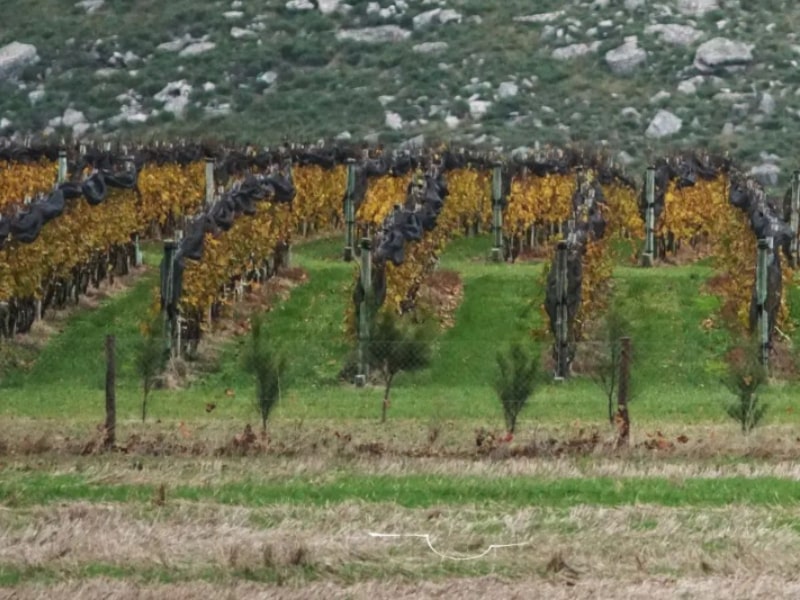
It’s a similar story at Puerta del Abra. The winery, which today is run by the oenologist Delfina Pontaroli, has been going since 2013 in Balcarce, in the Tandilia hill system formed by one of the most ancient reliefs in the world. One of its main characteristics is its calcareous soils which translate into distinctive wines with mineral, seaside profiles.
It all began with the planting of three hectares; today the vineyard spans 12. In addition to white grapes such as Albariño and Riesling, they produce a variety of reds such as Tannat, Pinot Noir and Bonarda and recently released their 2019 Insólito Cabernet Franc.
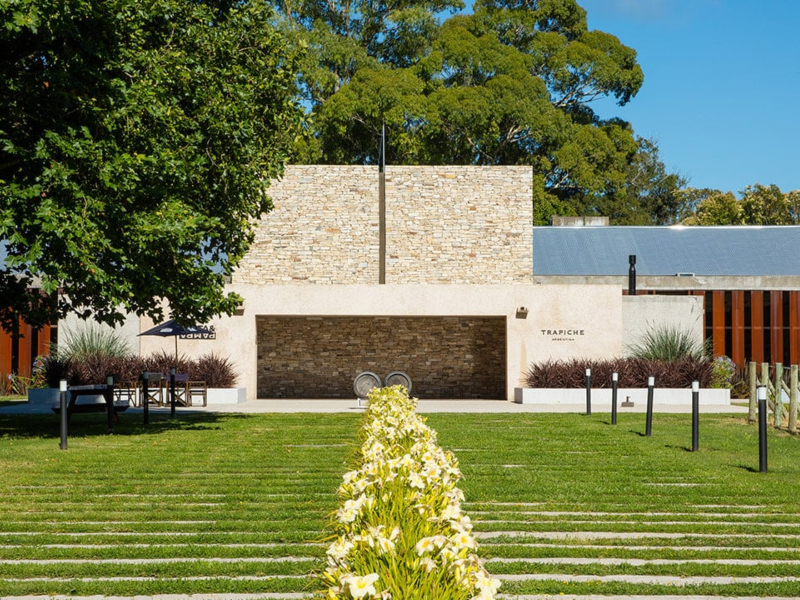
Over by the sea, in Chapadmalal, one finds Trapiche Costa & Pampa, another of the pioneering projects in the region. Ezequiel Ortego, the oenologist there, says that all the varieties they have planted have adapted well to the oceanic climate. “If I’d have to choose one, it would be the Albariño, as it’s originally from Galicia in Spain, which has a similar geography. It hasn’t just weathered the ups and downs of our climate well, it’s also producing surprising quality. We always say that in Chapadmalal, the Albariño vines look at home in the sea winds and damp air.”
Costa & Pampa is an experimental winery that began in 2009 with varieties such as Pinot Noir, Chardonnay, Gewürztraminer, Riesling, Sauvignon Blanc, Merlot, Ancellotta, Pinot Gris, Pinot Blanc, Pinot Meunier, Albariño and Chenin Blanc.
Savvy judges
Although these projects are largely responsible for establishing the good reputation of vineyards of Buenos Aires, we also need to mention others that are still under restoration and development in other areas of the province.
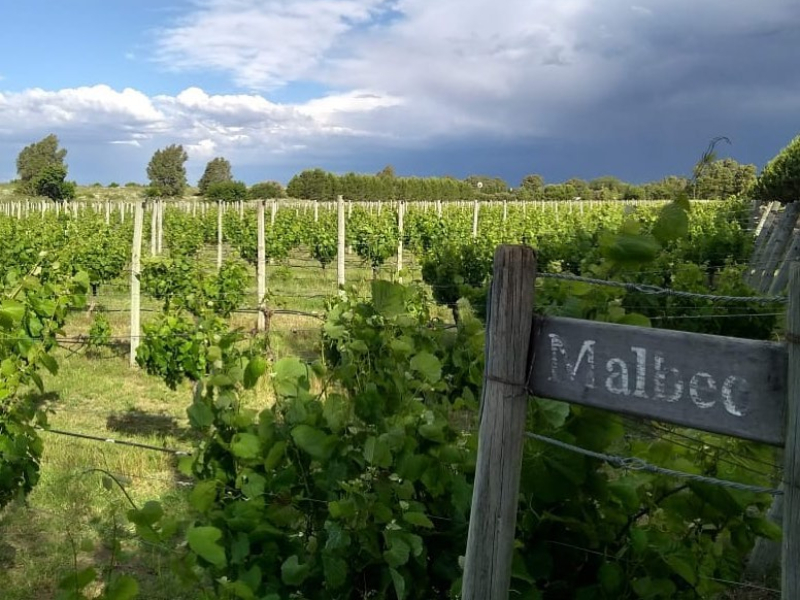
This is true of Bodega Al Este, which is also in Médanos, who are getting excellent results thanks to their pre-Patagonian soils, which are low in organic matter, and winds that encourage the development of thick skins that produce excellent color and tannins.
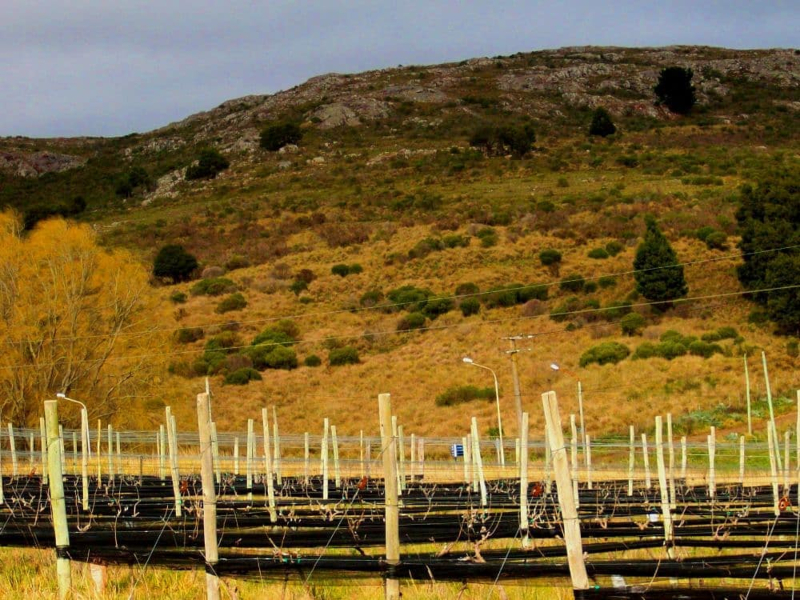
There’s also Bodega Cordón Blanco in Tandil (about 190 miles from the City of Buenos Aires). Founded in 2007 by the siblings Valeria, Mariano and Matías Blanco, the winery has two vineyards with granitic, calcareous and clay soils with excellent water retention and organic matter that allows the vines to be dry farmed. They make an outstanding Sauvignon Blanc and are building the first winery in Tandil, among other projects, which ought to give the region a viticultural boost.
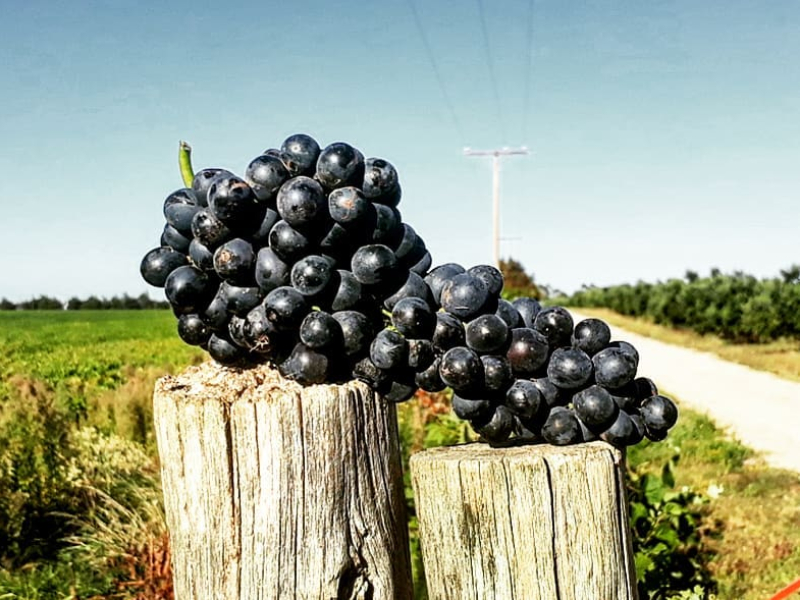
And we mustn’t forget Santé Vins, run by the entrepreneur Martin Abenel, from Punta Alta (about 420 miles from the City of Buenos Aires). He takes a minimal intervention approach to his wines using grapes from his Myl Colores vineyard in Coronel Pringles (370 miles from Buenos Aires). He also uses grapes from the southwest of the province; Tres Arroyos, Bahía Blanca, Médanos, Abra del Hinojo and the Sierras de la Ventana.
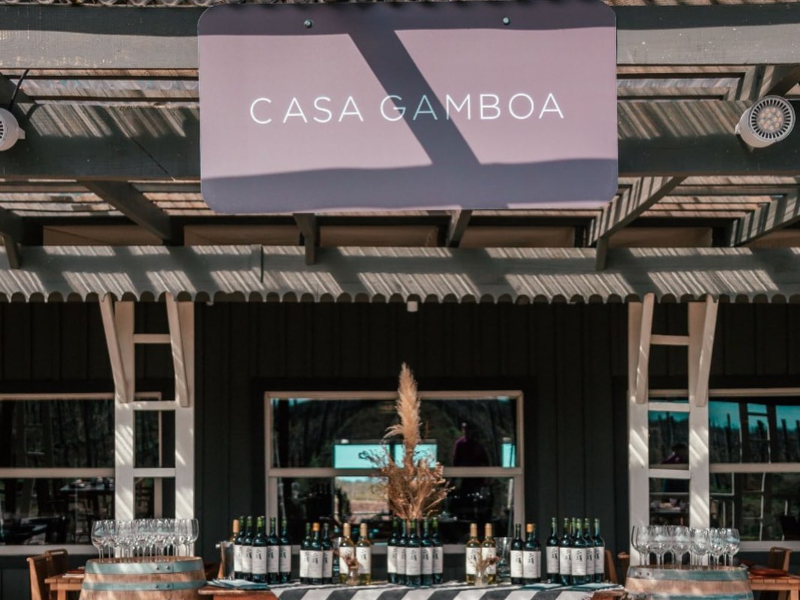
Recently, however, the provincial star has been found even closer to the city, following the arrival of Gamboa. In 2010, interested in getting into the wine business and looking for a new challenge in the Province of Buenos Aires, Eduardo Tuite started to look for the right plot of land.
On the advice of experts, he chose one that soil analyses told him was ideal in Campana (just 50 miles from the city center) and started planting his first vines. The first vintage came in 2021 with Gamboa’s first three wines produced under the watchful eye of Gabriela Celeste, an agricultural engineer specialized in viticulture and oenology, who ran the EnoRolland laboratory for twenty years.
The soils are rich in clay with high calcium carbonate content and the main varieties are Pinot Noir, Cabernet Franc and Malbec. “This year, we’re adding white grapes such as Semillon and Riesling, among others,” says Eduardo.
So, the vineyards of Buenos Aires; be they in the sierras, by the sea or the river, are setting standards that might well have the hallowed grounds of Mendoza looking over their shoulder. And given their proximity to the city, they’re not at all far to visit.


